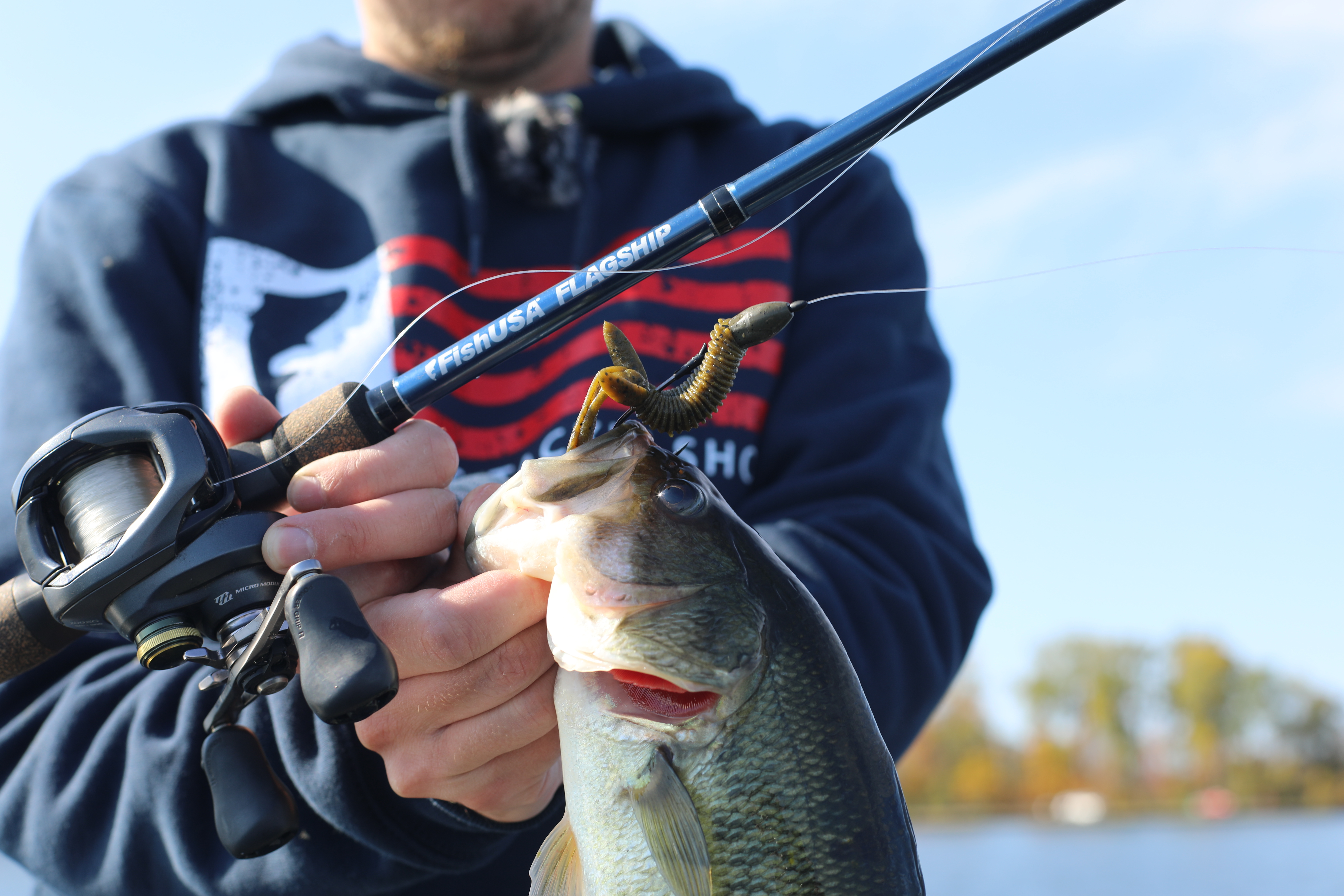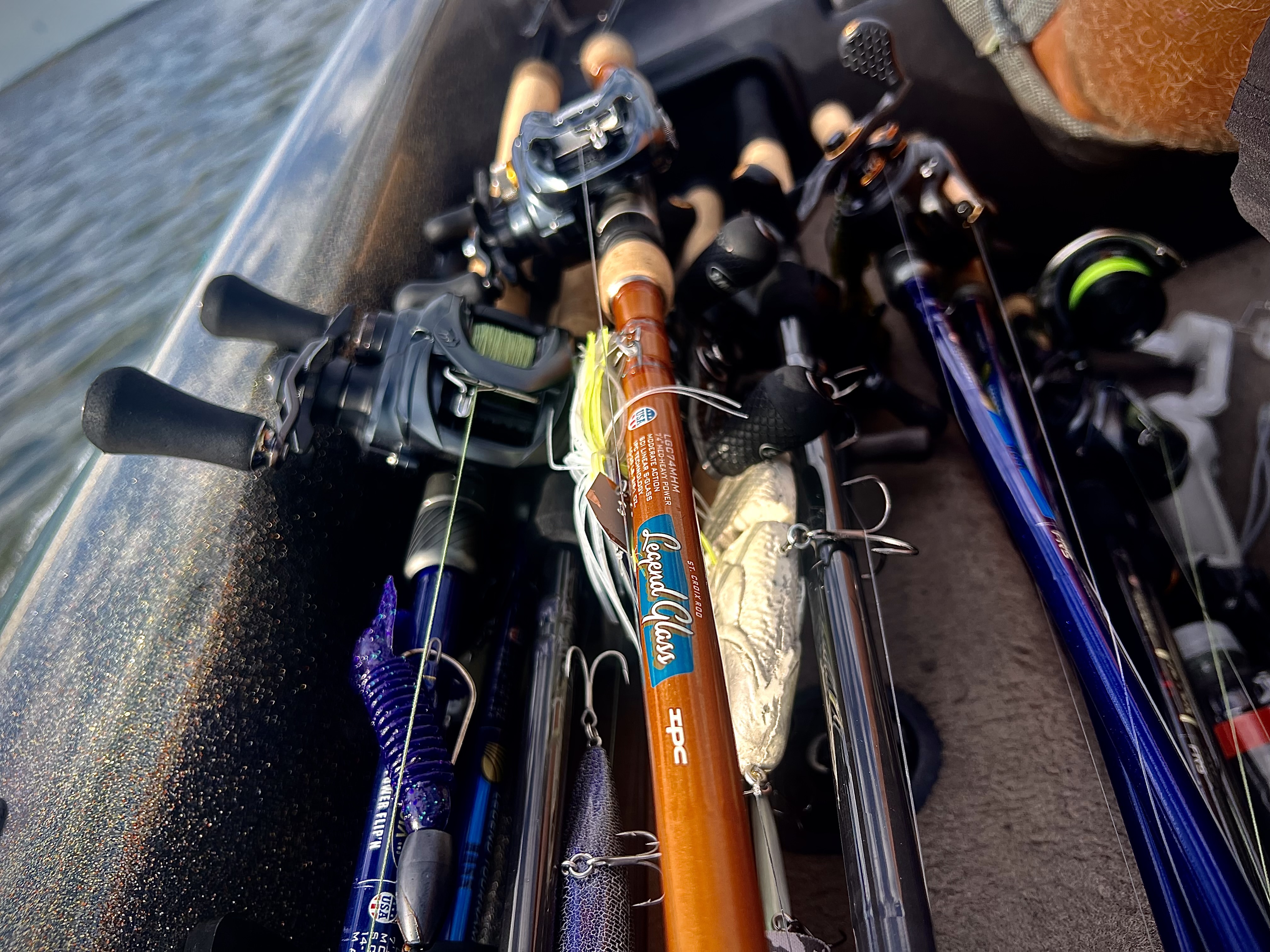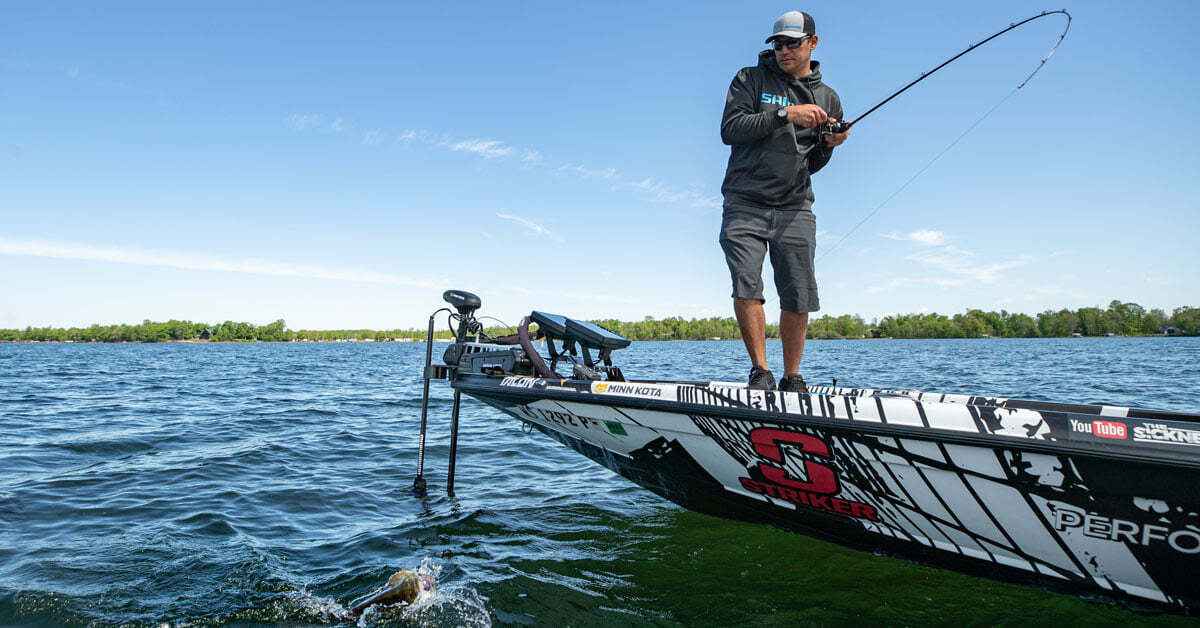Graphite vs Fiberglass vs Composite Rods - What Should You Buy?
Table of Contents
Rod Material Basics: What Actually Changes on the Water
Graphite Rods: Maximum Sensitivity & Fast Recovery

Fiberglass (Glass) Rods: Parabolic Bend & Treble-Hook Forgiveness

Composite Rods: The Middle Path (Graphite + Glass)

Side-by-Side Comparison
Technique-Specific Picks by Material
Species & Scenarios: Material Matchups That Land More Fish
Line Choice & Material Synergy (Braid, Fluoro, Mono)
Durability, Care, and Warranty Reality
Budget & Value: Where to Spend for the Biggest Gain
FAQs: Graphite vs Fiberglass Fishing Rod
Shop Fishing Rods

